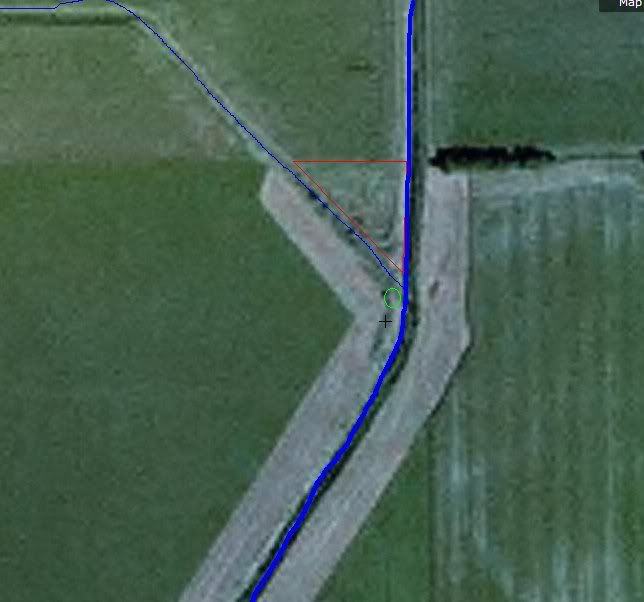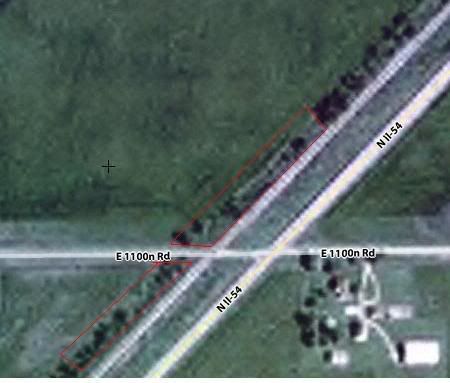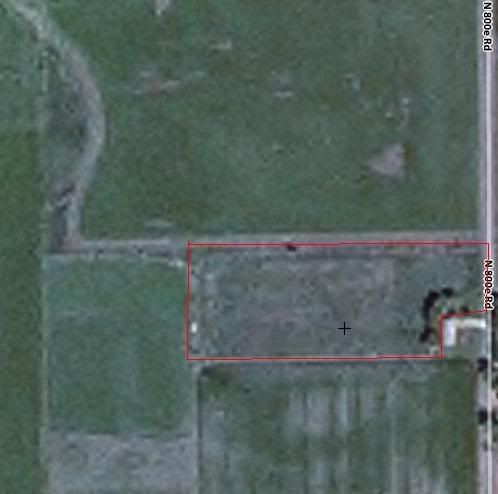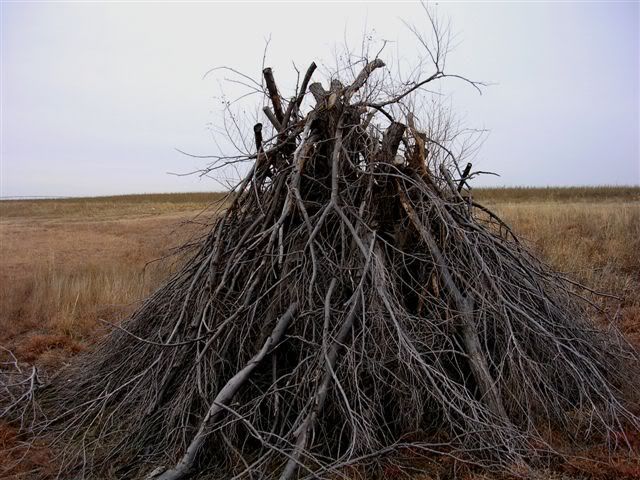Well I will be graduating from college this may and will have time to do some habitat projects.
1) We have a 1 acre triangle patch that is inaccessible for farming so I am wanting to improve the habitat. The patch in in the fork of a Y in a deep drainage ditch with 40 yards of grass on each side. Bordering that are corn, soybean, and wheat fields. I am thinking about planting sorghum back there as I could prolly get the tiller, and 4 wheeler back there to broadcast the seeds. ANybody have anything else that I could plant? Maybe a food plot that is a perennial(cane?)?
2) Next is 20 yard wide strips next to the railroad tracks that holds some water but never anything deeper than a few inches. I was going to try and put in some Cattails. ANybody have any experience with planting them? Easy or hard? Will broadcasting work? Should I roundup the stuff there now? Fertilizer needed? I know they are kinda of invasive so I figured they should be easy to establish.
3) Finally for my favorite project. I am trying to convince a friend that has ground behind his house that is not being used. It is about 10-12 acres and currently has very thinly spaced weeds and some brush. If I can convince him I am goign to try and get it enrolled in CRP and hopefully put in a 2 acre patch of Sorghum or corn (maybe alternating each year).
Well these projects should suffice me for the year and maybe find some stuff to add next year but I would really appreciate some comments. I can add ariel photos if that would help.
1) We have a 1 acre triangle patch that is inaccessible for farming so I am wanting to improve the habitat. The patch in in the fork of a Y in a deep drainage ditch with 40 yards of grass on each side. Bordering that are corn, soybean, and wheat fields. I am thinking about planting sorghum back there as I could prolly get the tiller, and 4 wheeler back there to broadcast the seeds. ANybody have anything else that I could plant? Maybe a food plot that is a perennial(cane?)?
2) Next is 20 yard wide strips next to the railroad tracks that holds some water but never anything deeper than a few inches. I was going to try and put in some Cattails. ANybody have any experience with planting them? Easy or hard? Will broadcasting work? Should I roundup the stuff there now? Fertilizer needed? I know they are kinda of invasive so I figured they should be easy to establish.
3) Finally for my favorite project. I am trying to convince a friend that has ground behind his house that is not being used. It is about 10-12 acres and currently has very thinly spaced weeds and some brush. If I can convince him I am goign to try and get it enrolled in CRP and hopefully put in a 2 acre patch of Sorghum or corn (maybe alternating each year).
Well these projects should suffice me for the year and maybe find some stuff to add next year but I would really appreciate some comments. I can add ariel photos if that would help.





